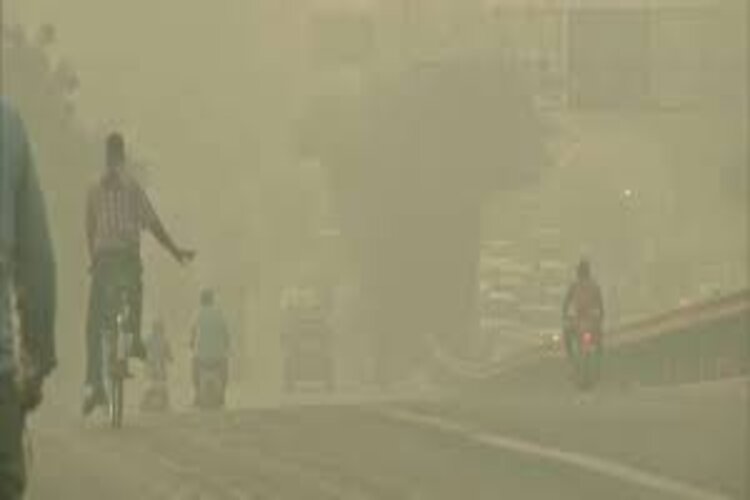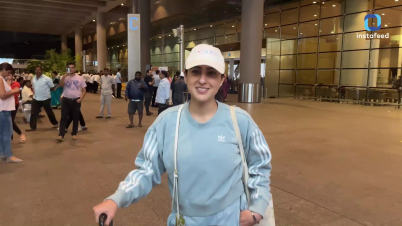AQI in Delhi Remains Unchanged in 'Very Poor' Category, Likely to get Worse
The Air quality index of the national capital has remained unchanged in 'Very Poor' category. Read more to know the details.

On Thursday, Delhi’s air quality has remained unchanged in the ‘very poor’ category with the overall AQI standing at 360 in the last 24 hours, as per the latest data from System of Air Quality and Weather Forecasting and Research (SAFAR). On Wednesday, the overall air quality of the national capital has improved from ‘severe’ to ‘very poor’ with the AQI at 382.
Under the Ministry of Earth Sciences, the AQI forecasting agency has also pointed out that wind direction was favorable for the transport of stubble-related pollutants as farm fires were also on the rise. The air quality in the city and its neighboring areas is predicted to worsen in the next two days.
As forecasted by SAFAR, “The AQI is in the middle range of ‘very poor’ category as predicted. Winds at transport level are likely to increase in speed for the next two days and the direction (coming from northwest) is also favorable for transport of stubble-related pollutants to Delhi as fire counts are also increasing. Air quality is expected to deteriorate for the next 2 days but remains in upper end of very poor or touch lower end of severe category intermittently. Calm local surface winds may cause stagnation conditions that weakens dispersion. Today’s share of crop residue burning is 27% in PM2.5 and effective fire count is 5,317. Air quality is likely to improve on 13th Nov."
The government agencies uses AQI to assess and communicate air pollution levels to the public. A higher AQI indicates bad impacts on health for a huge proportion of the population. An AQI between 0 to 50 is considered ‘good’, 51 to 100 is believed to be ‘satisfactory’, 101 to 200 is considered ‘moderate’, 201 to 300 comes in ‘poor’ category, 301 to 400 means the air is ‘very poor’, and 401 to 500 belongs to the ‘severe’ category.







